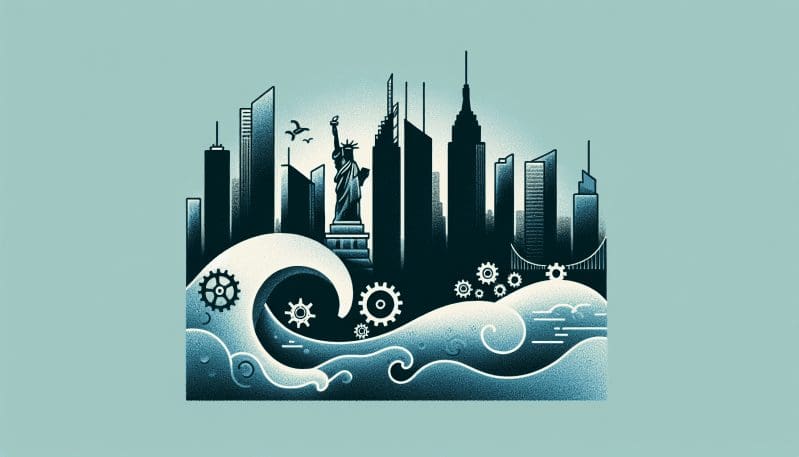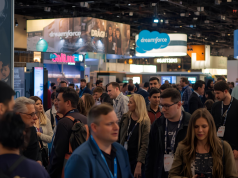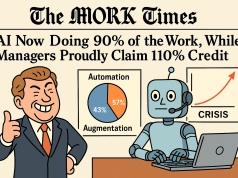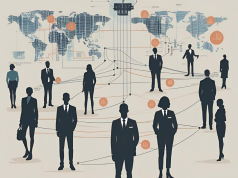As the dawn of artificial intelligence and robotics heralds a new era in the industrial and corporate world, the landscape of employment is shifting beneath our feet. The New York workforce, a microcosm of global labor dynamics, stands on the cusp of a transformation as profound as the industrial revolution. With the ‘Automation in the Workplace,’ we are not just observing a change in the tools we use but a fundamental redefinition of what work means in the 21st century.
The question on everyone’s mind is: What does automation mean for the New York workforce, especially for jobs at the highest risk? From factory workers to financial analysts, no sector is immune to the encroaching wave of automation. A study by McKinsey Global Institute suggests that by 2030, intelligent agents and robots could eliminate as much as 30% of the world’s human labor. New York, a hub of finance, service industries, and retail, could face significant upheavals as many of its traditional roles evolve or disappear.
Yet, amidst these challenges lies opportunity. The potential for re-skilling and up-skilling programs is vast. New York prides itself on its resilient and dynamic educational institutions, which can be the crucibles for forging the skills of tomorrow’s workforce. It’s about creating pathways for lifelong learning, where workers can adapt to new technologies and pivot into emerging sectors, such as renewable energy, AI management, and digital craftsmanship.
The role of education has never been more crucial. Progressive curricula that focus on STEM skills, coding, data analytics, and soft skills like problem-solving and adaptability, must be integrated into all levels of education. Partnerships between tech companies and educational institutions can provide real-world training to students, equipping them with the tools they need to thrive in a digital world.
However, the private sector cannot bear this burden alone. A symbiotic relationship between public and private sectors is essential for a smooth transition into the new technological era. Government policies that incentivize innovation and support workforce development are key. Tax breaks, subsidies for tech start-ups, and investment in infrastructure can all play a role in shaping a resilient economy ready to embrace automation.
Businesses, too, must reevaluate their strategies. Investing in employee development not only makes economic sense but also helps to maintain a competitive edge. Fostering a culture of continuous learning and growth ensures that companies stay relevant and workers remain employable.
What can New York’s businesses and workers do today to stay ahead of the curve? For one, they can embrace a mindset of adaptability and lifelong learning. Staying informed about technological trends and understanding the implications of automation is the first step. Next is proactively seeking out opportunities for professional development and diversification of skills.
The future of work is uncertain and full of paradoxes. While automation threatens jobs, it also creates new possibilities for employment in areas we have yet to imagine. The narrative is not one of displacement but of transformation. New York, with its rich history of innovation and reinvention, is poised to lead the charge into this brave new world of work. The time for workers and companies to prepare for the future is now. The future of work does not wait; it is being written today, and we all have a role to play in scripting its success.
In conclusion, the march of automation is inexorable, but it doesn’t signal a death knell for employment. Rather, it’s a clarion call for adaptive change. By investing in education, re-skilling, and public-private partnerships, we can harness the power of automation to create a more efficient, innovative, and inclusive New York workforce. Let’s work together to ensure that the future of work is bright, equitable, and brimming with opportunity for all who are willing to seize it.




























